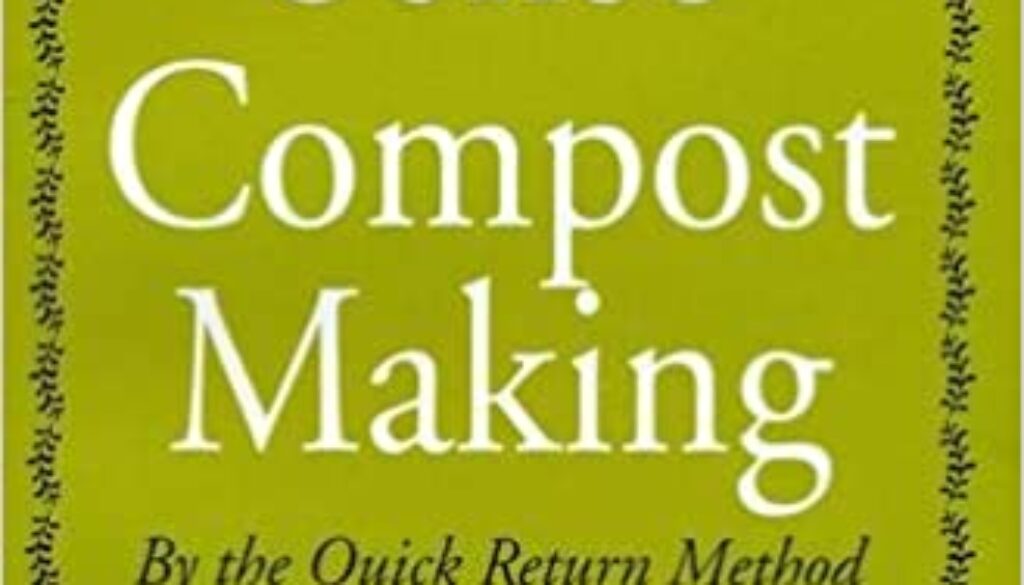Common Sense Compost Making
The QR method described
I instinctively disliked the idea of chemical fertilizers, though at that time I knew nothing about ‘compost’ (this was nearly twenty years ago). Then a friend told me about Dr. Steiner’s method and the Anthroposophical Agricultural Foundation, as their English branch was called. My friend knew of it by hearsay, but it sounded so interesting that I got into touch, joined the Association, and acquired my first experience of compost and compost-making.
I learnt much of intense interest, accepted some of their theories, rejected more, queried the rest. I had some delightful experiences, pre-eminently a visit to Holland to see the Bio-dynamic Farms and the work of Dr. E. Pfeiffer. I learnt to appreciate the quality of compost and the effect it had on the land.
But, as time went on, I realized that the need for compost was both world-wide and urgent, and I saw that it was the millions of smallholders, allotment-holders and gardeners who needed it most, for they were quite unable to get farmyard manure.
The Steiner Method seemed to me to be too complicated to have a universal appeal. The literature was too obscure. The process of making the ‘preparations’ used as activators is secret and is the property of the Association. Moreover, these preparations can only be obtained by a member of the Association. There are of course many who use the preparations and rejoice in the methods. It always remains a question of individual appeal. I look back with real gratitude and much pleasure to their kindly friendship and all I learnt; but we gradually grew apart, and finally came to a parting of the ways, and I withdrew from the Association.
I was, of course, bound by my pledge of secrecy as regards the making of the special ‘preparations’, but I was convinced that there must be some simple way of reaching the same end, and making good compost, moreover a way which could and should be given to all. I told them of this belief, and that I should do my best to find some other method, and, when found, developed and proved, would publish it, and bring it to as many people as I could reach; and further, that as there was, and never had been, any secret about the identity of the wild flowers used in the Steiner method, I felt free to use the same herbs in my experiments.
There was a slight demur, but when I drew the Association’s attention to the fact that, after all, it was not Dr. Steiner who had given either dandelions or nettles to the world, they could only laugh, acquiesce, and we parted the best of friends, mutually wishing each other ‘good luck’.
My boats were burnt; I can confess now that I felt very lost, completely blank, only believing intensely that an idea would come to my help — and come it did. I woke up one morning with the key to the problem in my mind and the words ringing in my head: ‘The Divinity within the flower is sufficient of Itself’.
With the words came the understanding of what they meant: the life, the vitality within the herbs, in the sap. From previous experience I knew it had to be used in homeopathic quantities, according to the homeopathic creed of ‘the power of the infinitely little’.
I started experiments that very day, extracted the juices from the living plants — dandelion, nettle, chamomile, yarrow, valerian, and made an infusion of oak bark.
